The Dawn of Propeller Aircraft and the Revolutionary Synchronization Gear
In the annals of aviation history, the development of propeller aircraft marked a pivotal era of innovation and engineering prowess. Among the myriad advancements that propelled the aviation industry forward, one invention stands out for its ingenuity and impact on aerial combat: the synchronization gear. This groundbreaking technology allowed pilots to fire machine guns through the spinning blades of their aircraft’s propeller without causing damage, fundamentally changing the dynamics of air warfare.
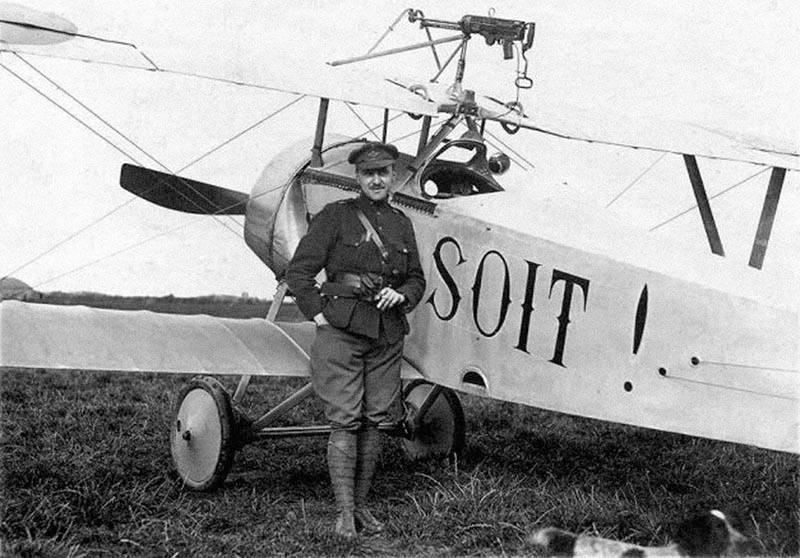
The Propeller Aircraft: A Leap into the Skies
The advent of propeller aircraft in the early 20th century was a monumental leap in the quest for human flight. Powered by internal combustion engines, these machines featured propellers that sliced through the air, creating the thrust necessary for flight. The design and engineering of propeller aircraft evolved rapidly, with pioneers like the Wright brothers and Louis Blériot leading the charge, pushing the boundaries of what was possible.

As these aircraft became more sophisticated and capable, they began to play a crucial role in reconnaissance and eventually, in the theater of war. World War I saw the first major use of aircraft in combat, with both sides seeking to gain an aerial advantage. However, the introduction of aircraft to warfare brought with it a new set of challenges, one of which was how to effectively use onboard weapons without damaging the aircraft itself.
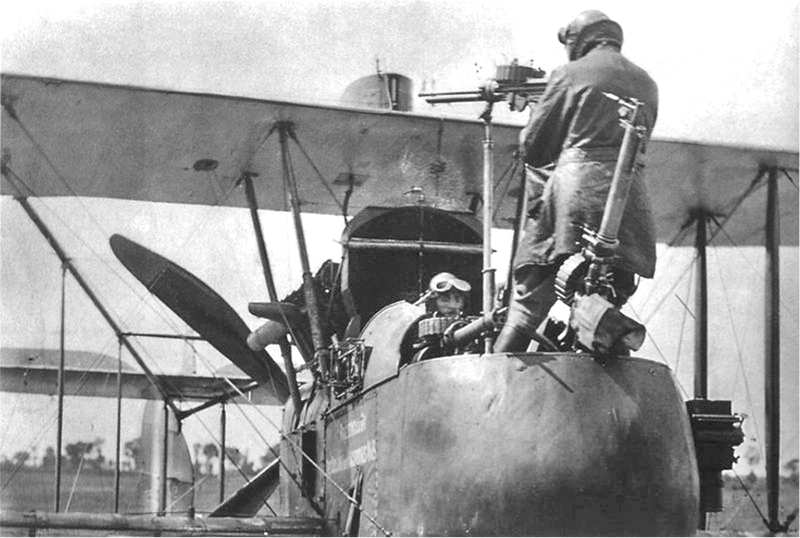
The Challenge of Aerial Armament
Early attempts at arming aircraft involved handheld firearms or mounting machine guns that avoided the path of the propeller. However, these solutions were far from ideal, as they limited the effectiveness and accuracy of the weapons. Pilots needed a way to aim directly ahead, using the aircraft’s trajectory to guide their fire. The solution to this problem would come in the form of a mechanical innovation that seemed almost simple in hindsight, yet was revolutionary: the synchronization gear.
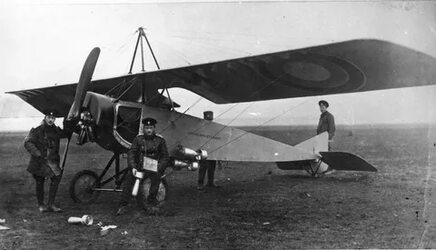
The Birth of the Synchronization Gear
The synchronization gear, or interrupter gear, was a device that synchronized the firing of a machine gun with the rotation of the aircraft’s propeller. This ensured that bullets were only fired when the propeller blades were not in the path of the gun, preventing the bullets from striking and potentially destroying the propeller. The invention of this gear is credited to several inventors working independently across different countries, with Anthony Fokker, a Dutch aviation pioneer and aircraft manufacturer, being one of the most notable for his implementation of the system in German aircraft during World War I.
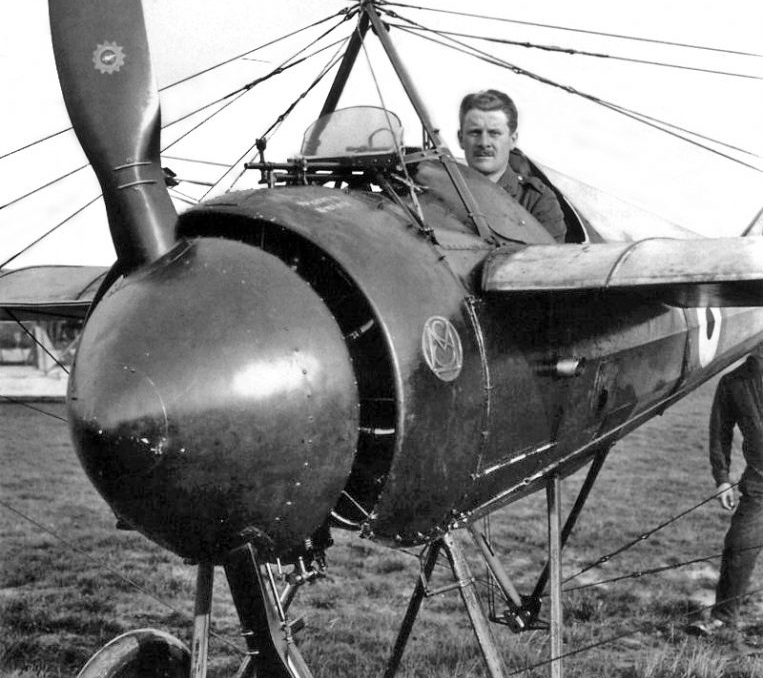
The Impact on Aerial Combat
The introduction of the synchronization gear transformed aerial combat. Pilots could now fire directly ahead, with greater accuracy and without the risk of damaging their own aircraft. This led to a new era of dogfighting, where pilots engaged in close-range battles in the sky, using their machine guns as their primary weapon. The gear not only changed how air battles were fought but also influenced aircraft design, leading to the development of fighter aircraft specifically designed to maximize the effectiveness of this new armament strategy.
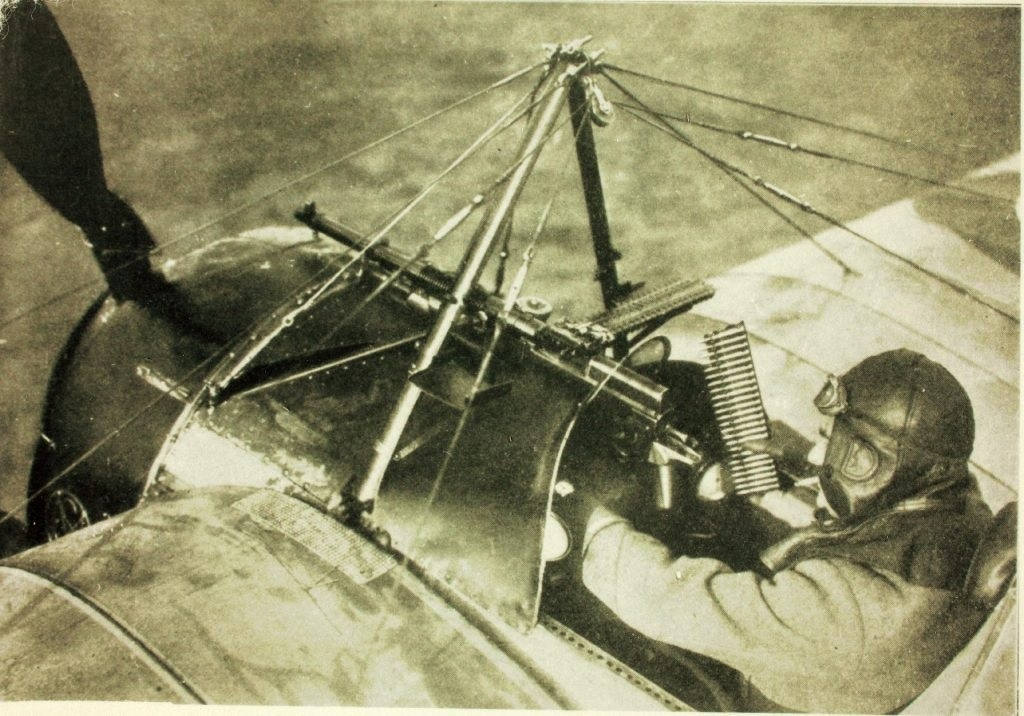
The Legacy of the Synchronization Gear
The legacy of the synchronization gear is monumental in the history of aviation and military technology. It marked a significant milestone in the evolution of air warfare tactics and aircraft design. Even though modern aircraft no longer require such a device due to advances in aviation technology, the synchronization gear remains a testament to the innovative spirit that drives progress.
Today, as we look back at the daring dogfights of World War I, we recognize the synchronization gear as a pivotal invention that allowed pilots to harness the full potential of their aircraft as weapons of war. It not only solved a complex problem with elegant simplicity but also paved the way for the future of aerial combat, demonstrating that sometimes, the most impactful innovations arise from the need to overcome the seemingly insurmountable challenges of their time.
